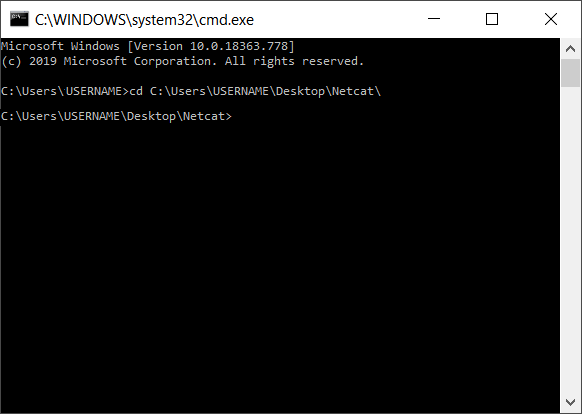

Listen to a certain port for any inbound connections.

Following tasks can be done easily with Netcat: Connect to a port of a target host. For a disk size of 250GB, it will take about $((250000 / 6)) namely 41666 seconds to clone, 694 minutes, 57 hours. Netcat is a Unix utility which reads and writes data across network connections using TCP or UDP protocol. While with netcat stdin and stdout we get about 6680 KB/s, which does not make a big difference. With dd bs=16M we get about 5.5 to 6MB/s. We did our Virtualbox to SmartOS migrations following Mark Slatems approach of booting a Linux system rescue CD on the source machine and using netcat. #time gzip -1 -c /dev/sda | nc BKPSRV_IP 1515 Time dd bs=16M if=/dev/sda status=progress | gzip -1 -c | nc BKPSRV_IP 1515 System Rescue CD 0.0 Beta 3: SystemRescueCd is a Linux system available from.
#NETCAT SYSTEMRESCUECD PLUS#
Note -I not -A Source System Talks passwd rlpr for remote ones, and netcat for Jetdirect, plus unix2dos for text. Select the USB stick in the removable device drop-down list.
#NETCAT SYSTEMRESCUECD ISO#
Select the ISO image that you have downloaded previously. SystemRescueCd is a Live Linux distribution similar to Knoppix. Execute the installer that you have just downloaded. Then you should be able to mount the file system(s). Plug in your USB-stick and wait 5 seconds to allow enough time for the system to detect it. You could also use something like Knoppix Live Linux Filesystem On CD or SystemRescueCd to boot from. Netcat -l -p 1515 | gzip -d | dd bs=16M of= Download SystemRescueCd USB installer for Windows. Iptables -I INPUT -p tcp -dport 1515 -j ACCEPT Poor Man's Ghost / Clone Over the Network Poor Man’s Ghost / Clone Over the Network IntroductionĪssuming System Rescue CD Destination System Listens netstat -lntupe | grep 1515


 0 kommentar(er)
0 kommentar(er)
